By Sarhind Times Bureau | New Delhi | October 15, 2025
Introduction: The Smog Returns to the Capital
Delhi woke up on Tuesday under a faint grey veil as the 24-hour average Air Quality Index (AQI) breached the ‘poor’ category, clocking at 211. The reading, recorded by the Central Pollution Control Board (CPCB), prompted the Commission for Air Quality Management (CAQM) to trigger Stage-1 of the Graded Response Action Plan (GRAP) across Delhi and the adjoining National Capital Region (NCR).
This annual ritual, which signals the beginning of North India’s pollution season, has once again raised concerns over the city’s readiness to tackle deteriorating air conditions amid the approaching winter inversion.
What Triggered the Move
According to data from SAFAR and CPCB monitoring stations, local dust resuspension, heavy vehicular traffic emissions, and calm evening winds were the primary culprits behind the recent spike. The gradual build-up of pollutants since Monday led to a sustained dip in air quality across central and southern districts — from Anand Vihar to RK Puram, and Dwarka to Rohini.
Officials also cited the onset of paddy harvesting and farm fires in Punjab and Haryana, though satellite data indicates the stubble-burning count remains lower compared to the same period last year.
An official from the CAQM noted:
“The early implementation of GRAP Stage-1 is a preventive step. The objective is to avoid emergency situations later. Enforcement will be closely monitored at the ground level.”
What GRAP Stage-1 Means for Delhi-NCR
The Graded Response Action Plan (GRAP) is a dynamic framework that escalates anti-pollution measures in four stages based on air quality levels. Stage-1 comes into force when AQI falls between 201–300 (‘poor’ category).
Key Stage-1 measures include:
- Strict dust control at all construction and demolition sites
- Compulsory covering of trucks carrying construction material
- Regular mechanised road sweeping and water sprinkling on main roads
- Ban on open burning of waste and biomass
- Intensified checks on visibly polluting vehicles
- Promotion of public transport use and work-from-home advisories where possible
In addition, local bodies have been instructed to maintain 24×7 helplines for pollution complaints and ensure swift redressal.
Farm Fires: A Persistent Challenge
Despite several measures, stubble burning continues to be a recurring issue in the region’s air quality narrative. While the number of active fires detected remains lower this season, the impact of even a few hundred fires can be amplified under calm wind conditions.
The Punjab Remote Sensing Centre reported around 280 farm-fire incidents on Monday alone, compared to over 400 on the same day last year. However, experts caution that the next 10–15 days will be crucial as harvesting peaks.
Environmental researcher Dr. R.K. Sharma told Sarhind Times,
“The combination of low wind speed, temperature drop, and external fire inputs forms the perfect recipe for pollution spikes. Unless local emissions are controlled, external sources add only fuel to the fire.”
Voices from the Ground: The Citizens’ Plight
For residents, the air already feels heavier. Joggers at Lodhi Gardens reported throat irritation and breathlessness, while traffic police personnel complained of visibility issues during early morning duty hours.
Ritu Sharma, a mother of two from Dwarka, shared,
“We have started keeping our children indoors after evening. Masks are back in use. Schools must consider rescheduling outdoor activities.”
Similarly, delivery workers, sanitation staff, and traffic enforcers—those exposed to open environments—are among the most vulnerable during this phase.
Health Advisory Issued
Doctors have urged the public to take precautionary steps, especially for sensitive groups — children, senior citizens, and those with respiratory conditions.
Recommended precautions:
- Avoid outdoor exercise during morning and evening hours
- Keep windows closed during peak traffic times
- Use N95 masks while commuting
- Install air purifiers indoors if possible
- Drink warm water and stay hydrated
The Indian Medical Association (IMA) has also requested authorities to alert hospitals for a possible rise in respiratory cases as AQI levels fluctuate.
Government Response and Accountability
Delhi’s Environment Minister Gopal Rai emphasized that enforcement teams have been activated across districts to monitor compliance. A dedicated dashboard will track dust control, waste burning, and vehicular checks in real-time.
“Our focus is on proactive action. The public must cooperate by following vehicle maintenance norms, avoiding unnecessary travel, and reporting violations,” he stated.
The Delhi Pollution Control Committee (DPCC) has also increased mobile inspection squads to identify pollution hotspots. Municipal bodies, including MCD and NDMC, have been asked to deploy additional tankers for water sprinkling and accelerate the Pusa bio-decomposer spraying in agricultural zones near Delhi’s borders.
Winter Forecast: The Looming Challenge
Meteorologists warn that air stagnation events will become more frequent as winter deepens, trapping pollutants closer to the surface. The next two weeks, leading to the Diwali season, are crucial.
The India Meteorological Department (IMD) has predicted that wind speeds will remain light, and minimum temperatures may drop below 18°C by next week — conditions that typically worsen smog formation.
Dr. Sunita Narain of the Centre for Science and Environment (CSE) commented:
“The problem is not just about the season but about systems. Until we regulate vehicles, waste burning, and construction comprehensively, Delhi will remain hostage to the winter smog every year.”
Public Participation and Technology Role
The CAQM has launched a public dashboard and mobile app to crowdsource air-quality complaints. Citizens can upload photos or videos of violations directly to enforcement teams. In addition, the Delhi government plans to deploy AI-based cameras to identify dust hotspots and track truck movement through automatic number plate recognition (ANPR) systems.
Such technological interventions, combined with community participation, are seen as the future of environmental enforcement.
Experts Call for Structural Change
While emergency measures under GRAP help temporarily, environmentalists insist that long-term solutions—clean public transport, decentralised waste management, electric vehicle adoption, and urban green buffers—are essential.
According to a report by the Energy Policy Institute at the University of Chicago (EPIC India), Delhi residents lose up to 11 years of life expectancy due to sustained exposure to air pollution.
“This is not merely an environmental issue; it’s a governance and public health crisis,” said Anumita Roychowdhury, Executive Director at CSE.
Conclusion: The Capital’s Breathless Routine
As Delhi braces for the annual battle with pollution, GRAP Stage-1 serves as a reminder of how fragile the city’s ecosystem remains. The coming weeks will determine whether early interventions can prevent another winter emergency—or if the capital will again gasp under a thick, toxic blanket.
For millions of residents, the fight is not just against smog but for the right to breathe clean air—a right guaranteed by the Constitution yet compromised by neglect and delay.
#DelhiAQI #GRAP #AirPollution #NCR #Environment #PublicHealth #CleanAir #DelhiPollution #SmogSeason #ClimateCrisis #SustainableDelhi #CAQM #RightToBreathe
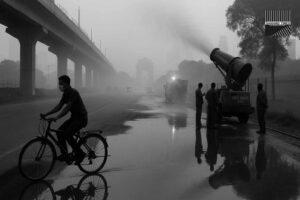





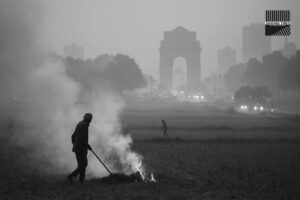




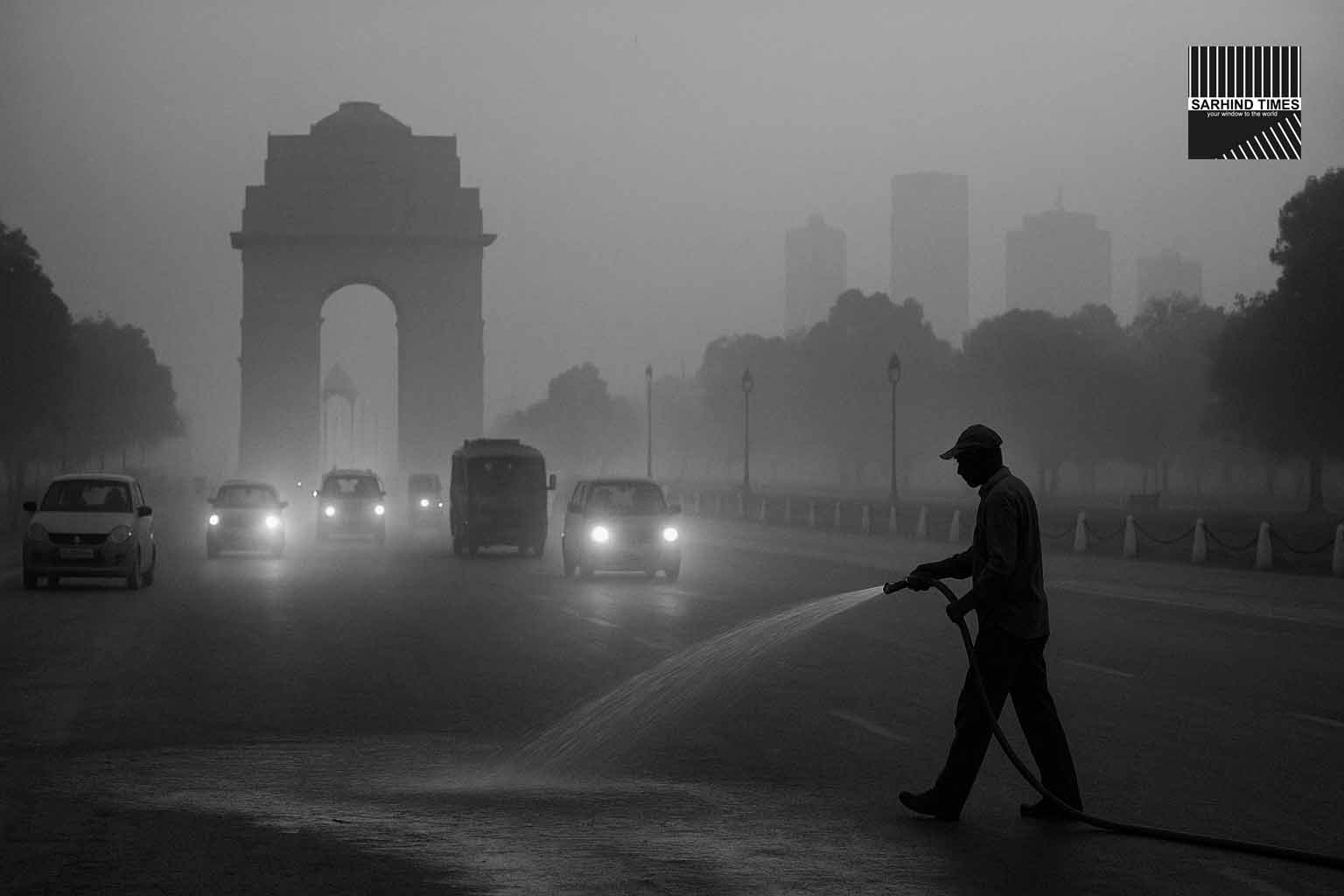
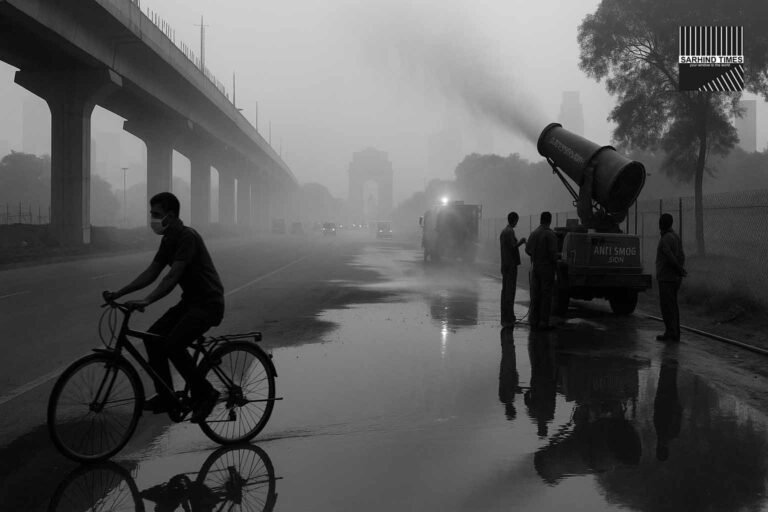
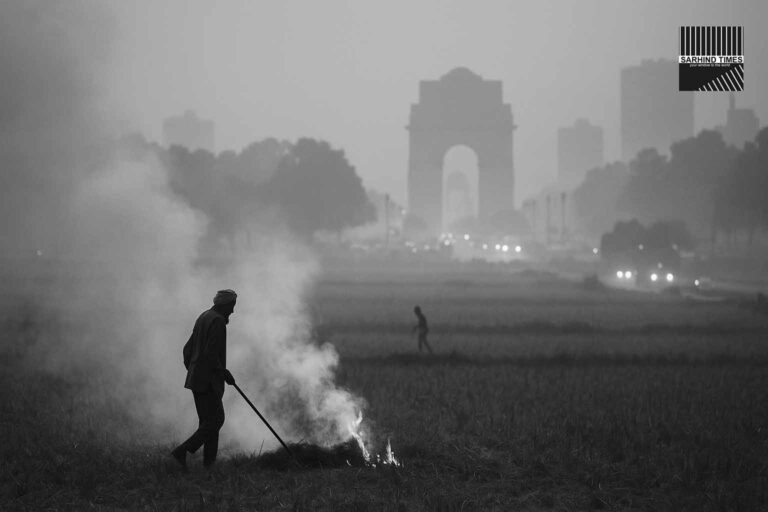
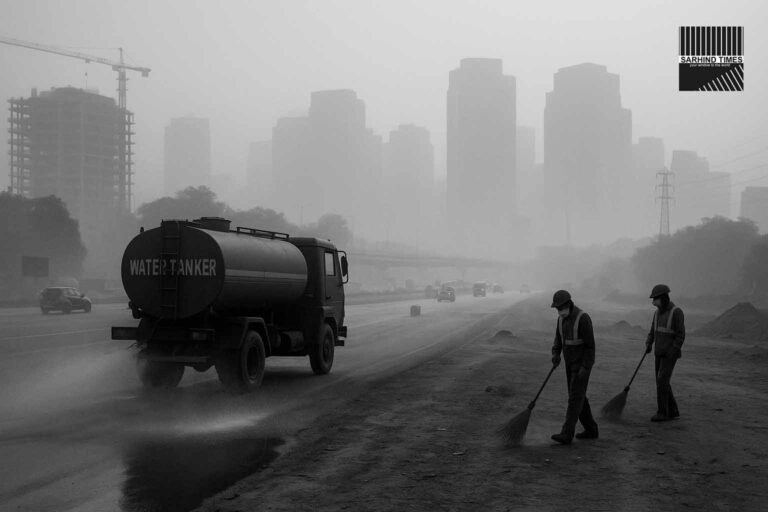
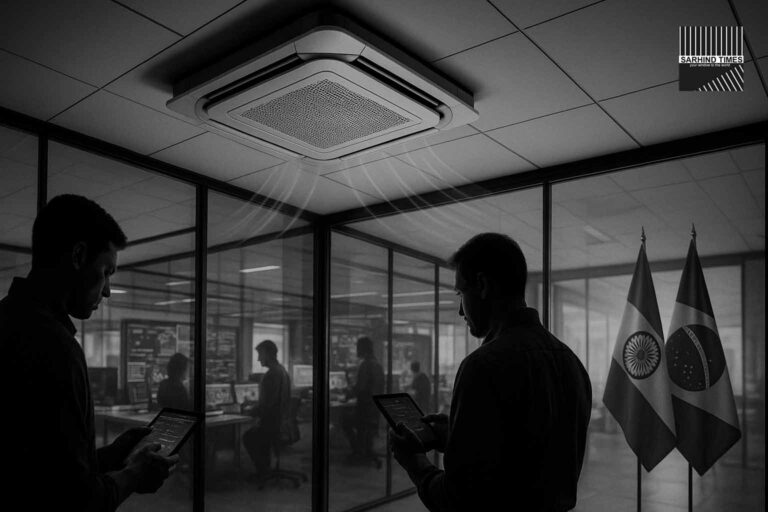


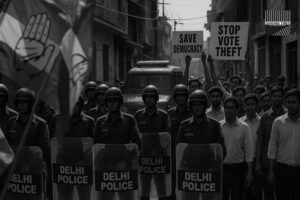

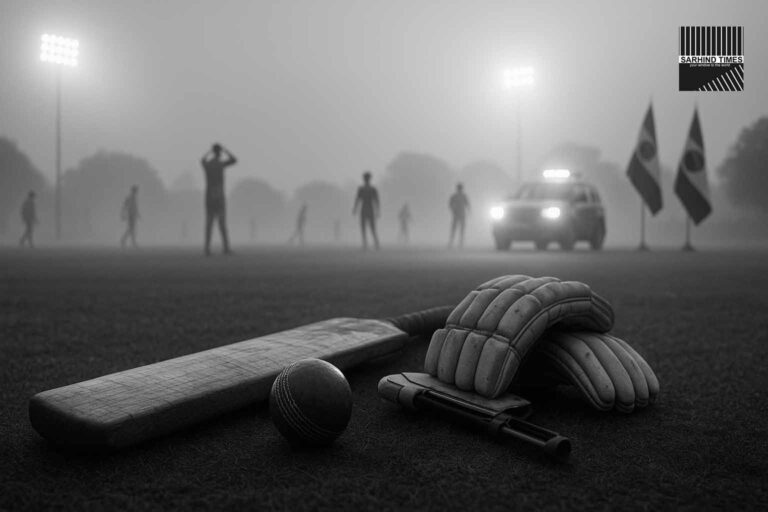

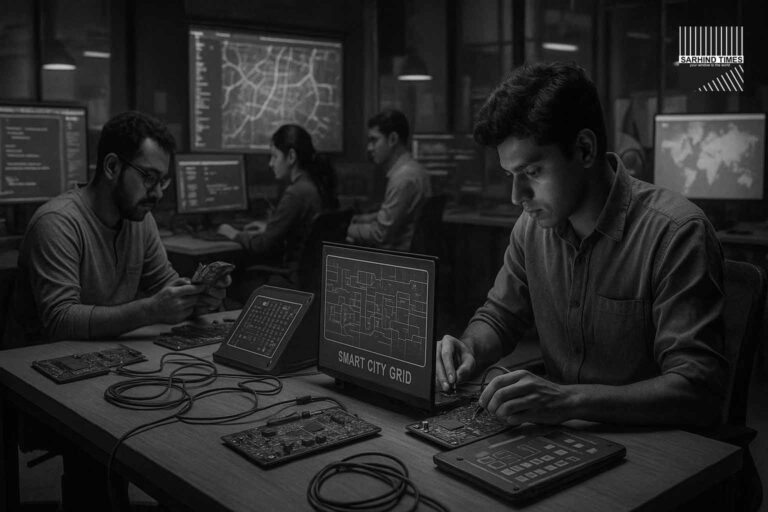
+ There are no comments
Add yours